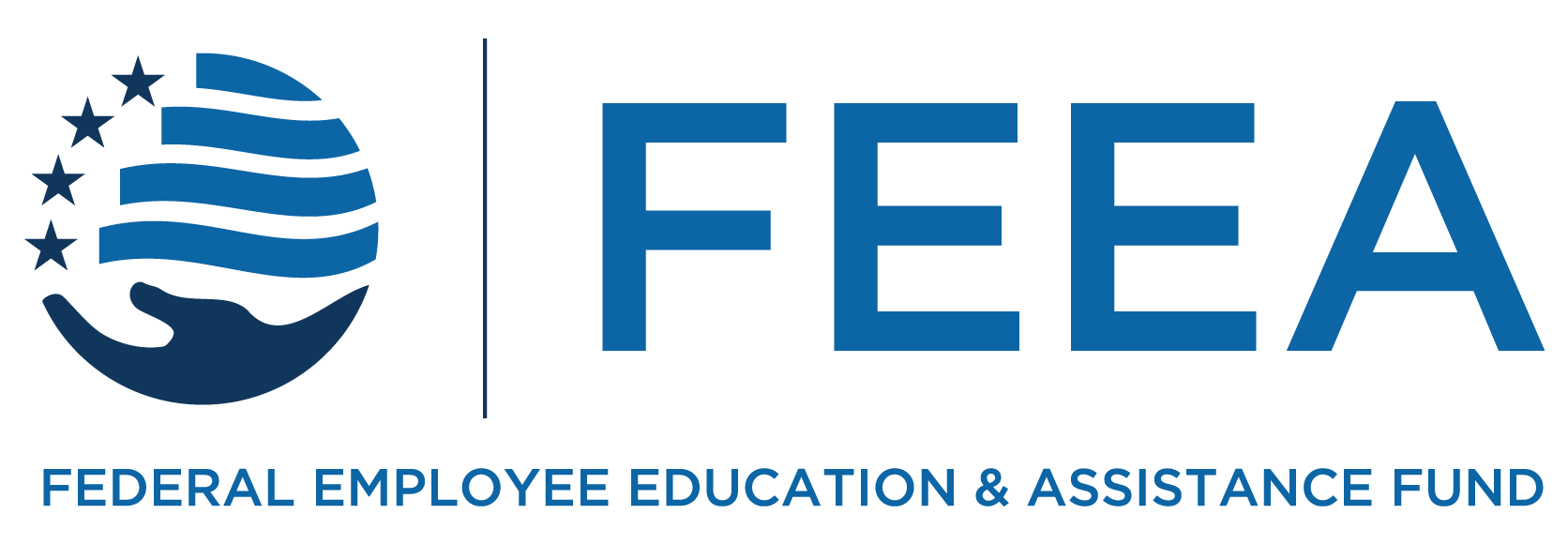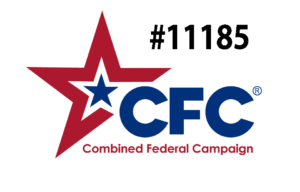Why everyone needs their own personal sick and vacation leave budget (and how to make one in 3 easy steps)
by Joyce Warner
This piece was originally written for and published on GovLoop at https://www.govloop.com/author/jwarner1/
Now that so many federal employees and private sector workers receive their pay via direct deposit and have to take the extra step to log in to a web portal to download their paystubs, it’s no surprise not everyone is keeping close track of their vacation and sick leave balances.
I’m here to tell you everyone should make a personal sick and vacation leave budget to help plan their leave, build a time-off safety net, and not get caught off guard. Your earned leave is a financial asset. Think of it like money in a savings account (vacation/annual leave) or an insurance policy (sick leave). It allows you to receive income when you are not working.
Here is a template to make your own leave budget. This is based on one we developed in my household after my husband unexpectedly broke his knee, had to have surgery, and lots of physical therapy. This tool also helps us plan ahead for vacations, visiting family, and times we need to take care of personal business (like get the car inspected or attend a school event for our children), while making sure we have a safety net in case of emergencies.
NB: If you are looking for specific information on federal employee leave policies, accrual rates, etc. we recommend visiting the OPM website: https://www.opm.gov/policy-data-oversight/pay-leave/leave-administration/ and also talking to your local agency human resource representatives. The Federal Times also just posted a great piece on sick leave: https://www.federaltimes.com/management/pay-benefits/2018/07/25/sick-leave-2018/
Here are 3 steps to build your own leave budget:
Step 1:
![]() our template in Excel and a copy of your most recent leave and earnings statement (aka pay stub). In lines B &C on the template fill in your accrual rates for sick and annual/vacation (sick accrual is the same for most full-time feds on a bi-weekly pay schedule and annual/vacation usually depends on years of service/position level). On most statements you can see your accrual rates under “Earned Current” in the leave section. Go ahead and fill in line D with the pay period end date of that pay stub so you’ll know the last time you updated your budget. Be sure to use the pay period ending date and not the date you received your direct deposit.
our template in Excel and a copy of your most recent leave and earnings statement (aka pay stub). In lines B &C on the template fill in your accrual rates for sick and annual/vacation (sick accrual is the same for most full-time feds on a bi-weekly pay schedule and annual/vacation usually depends on years of service/position level). On most statements you can see your accrual rates under “Earned Current” in the leave section. Go ahead and fill in line D with the pay period end date of that pay stub so you’ll know the last time you updated your budget. Be sure to use the pay period ending date and not the date you received your direct deposit.
Step 2:
Fill in the sick and annual/vacation ending balances as of that pay stub date on line E. If you were advanced leave and have a negative balance be sure to fill in line E with a negative number. If you have a time off award or earned comp time go ahead and add those to the vacation balance number before you enter it on line E. Be mindful of any deadlines to use that other leave. Next add up how many pay periods are left for the calendar year and add that to line F. Line G will then auto calculate your accrual rates against the number of pay periods left to show you how much more you will earn this calendar year. Line H will add that to your balance.
Step 3:
Next enter in any planned absences, one per line, for the remainder if the calendar year in section I. Enter the expected hours of leave needed in the appropriate line for either annual/vacation or sick leave. You should include as many vacations, school events, personal errands during the work day, doctors appointments, medical procedures, etc. that you can think of. After you include all those items, line K will give you the estimate of how much leave you will have at year-end.
So how does the balance look to you? If you’ve captured all your planned absences, does the remaining balance look sufficient to cover unexpected emergencies, illnesses, funerals, the car breaking down, etc. and all the other things that happen to folks each year? Do you have the safety net you need for peace of mind? Do you have use it or use it annual/vacation leave you need to plan for?
A few final thoughts.
- This template gives you a look at the entire year. If your leave balances are low, you may not have enough for an upcoming absence and will need to rethink things (e.g., if you have a balance of eight hours of annual/vacation leave left in April, you won’t accrue enough to take off 40 hours in May, but would have enough leave in December to take a week off).
- Family Medical Leave Act in and of itself is unpaid leave, or really a permissible absence during which you can use previously accrued paid leave. Learn more about FMLA here: https://www.opm.gov/policy-data-oversight/pay-leave/leave-administration/fact-sheets/family-and-medical-leave/
- If you or a family member have ongoing medical appointments, try to schedule them in the early morning, so you can reduce your number of hours out of the office. You might also look into alternative transportation (such as community services or taxi/ride sharing) for family members when the appointment is routine and you are accompanying them more for transportation reasons than to be a supportive patient advocate.
- We suggest updating this budget at least once per quarter, more often if there are a lot of things going on and you might have mid-year shortages. As part of our emergency hardship work we see a lot of families who are struggling with insufficient leave to deal with their unexpected emergencies. In some cases they have been operating without a budgeted leave safety net to carry them through a hardship. You can learn more about FEEA’s emergency hardship program here: www.feea.org/emergency.
Would you like to receive more information like this when it comes out? Sign up for the FEEA newsletter using the box in the lower right hand corner of this page.
Would you like to reprint this piece in your agency human resource, federal employee association, or union local newsletter? You can do so at no cost by contacting admin@feea.org with your request.
The information provided in this piece is for your convenience and informational purposes only and not to be construed as professional advice. FEEA and its coauthors and sponsors are not liable for any losses or damages related to actions or failure to act with regard to the content in this piece.




